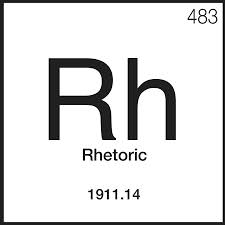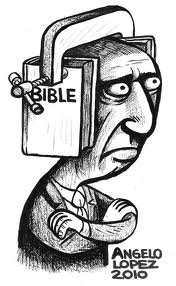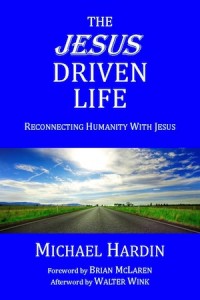 I’ve spent a fair bit of time on this blog talking about belief formation, particularly within the framework of the Wesleyan Quadrilateral, which outlines four different potential sources of theological conclusions–Scripture, Tradition, Reason and Experience. In a recent email exchange, Michael Hardin, author of The Jesus Driven Life and co-founder of Preaching Peace, offered a Christological perspective on this discussion and has been kind enough to allow me to re-post it here:
I’ve spent a fair bit of time on this blog talking about belief formation, particularly within the framework of the Wesleyan Quadrilateral, which outlines four different potential sources of theological conclusions–Scripture, Tradition, Reason and Experience. In a recent email exchange, Michael Hardin, author of The Jesus Driven Life and co-founder of Preaching Peace, offered a Christological perspective on this discussion and has been kind enough to allow me to re-post it here:
How is Jesus known? The short and simple answer is that He is made known to us by the Holy Spirit. In the language of Karl Barth, God reveals God’s self. However, we also have a frame of reference, we have four stories about Jesus we call Gospels. So whatever the Holy Spirit says about Jesus must comport with what we find there. It is also the case that Jesus is known when we gather as a community; in worship we discern his presence among us. Finally, there is the scholarly work that has been done on Jesus otherwise known as “The Historical Jesus.”
In the 18th century John Wesley was credited with using four different sources to do theology: Scripture, reason, tradition and experience. So draw a square and place each on these terms in each of the four corners. Now each of these categories needs to be defined. What is reason? Experience? What part of the tradition shall we recognize as authoritative? And do we all agree on what constitutes the biblical canon? Each of these has been discussed and debated from the early church to the present. What I would like to do is to “christologize” them, that is make each Jesus centered. So take your square and next to each one write:
Scripture = The Textual Jesus
Reason = “The Historical Jesus”
Tradition = “The Ecclesial Jesus”
Experience = “The Risen Jesus”
The chronological order of these for the early church was experience, tradition, scripture, reason. They are not necessarily our chronological frame. We may come to Jesus through any one the four corners and it is Jesus we encounter. But if we remain in one corner to the exclusion of the others we will not know Jesus fully for He is manifested not just in our experience, not just in our tradition, not just in the Bible and not just in our academic discourse about him. He is known best when all four are engaged.
First, The Risen Jesus. This is our personal experience of the presence of Jesus in our lives by the gift of the Holy Spirit.
Second, the Ecclesial Jesus. This is Jesus as we may know him through the teaching of others who have gone before us and especially as we gather together as the Body of Jesus (Christ) today. This recognizes that no understanding of Jesus is just private but is interpersonal or inter-relational.
Third, the Textual Jesus. This is the recognition that each of the four gospels paints a different portrait of Jesus, that the writers of the gospels have a theological agenda when they write, that we may discern that agenda and that we may learn from it how they understood Jesus.
Fourth, “The Historical Jesus.” You will note that this last is in quotes because the so-called “historical Jesus’ is a creation of academic imagination. It is the attempt to try and discern who Jesus was in the context of his culture and environment and which sayings of his can be considered historically credible or authentic. The quotation marks indicate the changing nature of this Jesus. As we learn more about second Temple Judaism and the various groups and worldviews and theologies of his time so also we see Jesus differently.
Each of these is necessary for us to come to a well rounded and more complete view of Jesus. No one alone suffices. Not even two or three suffice. Some would say that we do not need “the Historical Jesus” but the problem here is that the Jesus they end up speaking about loses his humanity and connection to a particular space and time. This is a form of Christian Gnosticism. Some scholars, on the other hand, would virtually tell us that anything but the “Historical Jesus” is baloney and so they miss out on the fact that Jesus is known beyond just the intellect. Some [so-called] “historical Jesus” portraits are just as suspect as those who would just claim one or two of the sides of the square.
All four together are necessary and can function as a control on the other three at any given time. How then do we know Jesus? In worship together, in study together, in reflection together and in reasoning together. We know Him together as His Body. Those who would focus on one extreme or another will never know the beauty, the reality, the joy that is Jesus, Lord of all creation, reconciler of all creation and redeemer of all creation.











